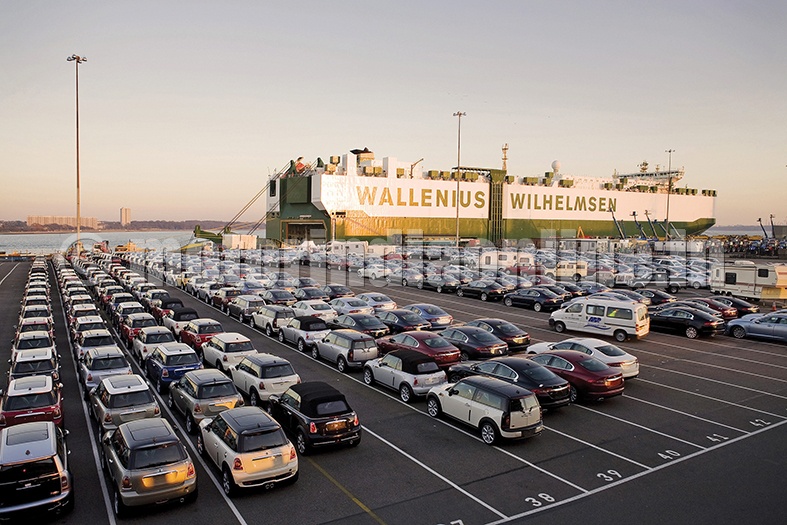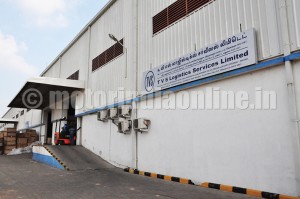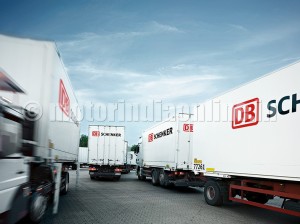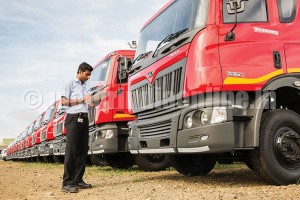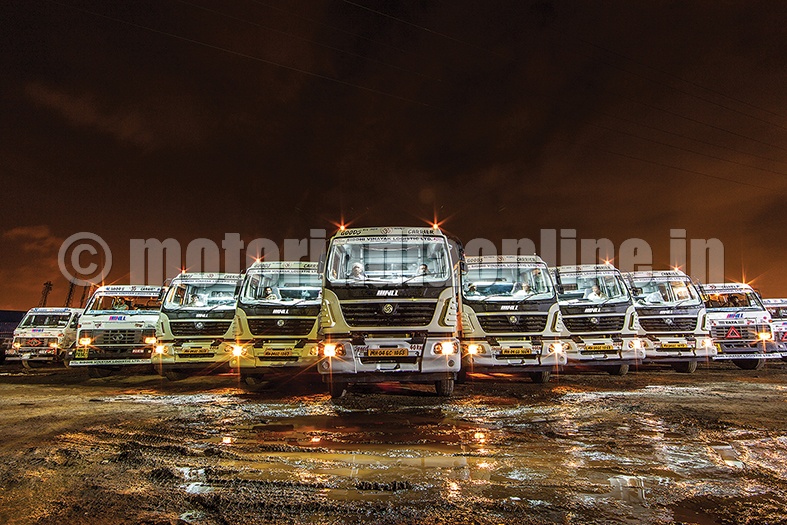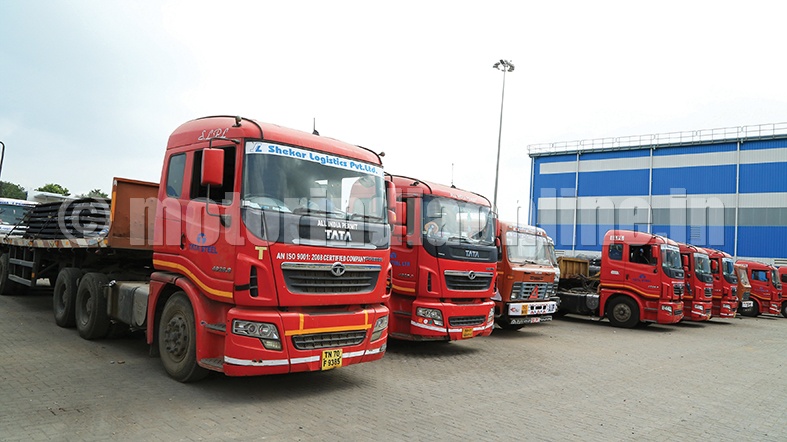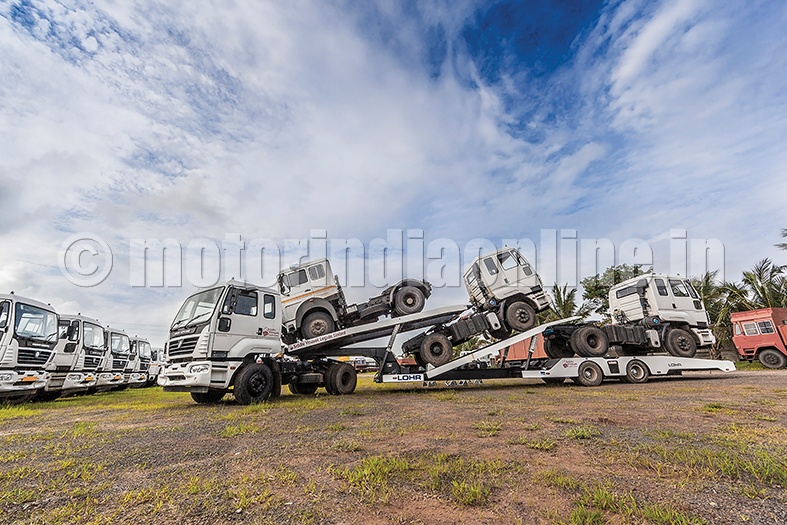Perfecting the art of logistics presupposes minimum wastage, optimum resources and timely deliveries. Mature economies may be closer to the ideal status. But expanding economies are literally juggling to make ends meet. In other words, manufacturing companies need to pull up their socks, broaden their tunnel vision, think big and organize things. We take a look at why the road to Indian logistics is bumpy and crater-filled.
A jaded yet funny take on Indian logistics sounds like this – How many logisticians does it take to change a light bulb? None! The light bulbs are late. Experts like Prof. G. Raghuram, Dean (Faculty) – IIM Ahmedabad, put the onus mainly on the players in the sector. “I would put maximum responsibility on the industry itself. Because you are all small you compete on cost and then you beat each other down so much that you want to make money through overloading. You put a cost on the roads because of that. Regulators are also limited. They get low salaries, so they are willing to make extra money.”
He suggests that willingness to frame a reform system, regular reviews and improvements is what will heal the logistics sector in India. In his words, “we must have a mindset of continuous change.”
So what ails Indian Logistics?
Why is it that in a large economy like India, the logistics sector remains unorganized and is deprived of industry status, despite talent, resources and technology? Its shyness to work towards becoming organized comes from the fact that the small indigenous players continue to work with a tunnel vision. Lack of broad perspective and professional attitude limits them to localized pockets.
According to Novonous, a market research and knowledge management company, India spends around 14.4 per cent of its GDP on logistics. Other developing countries spend less than eight per cent. The Indian logistics sector is expected to grow at an average rate of 12.17 per cent by 2020.
Even this hinges on a few crucial ‘ifs’ like:
• GST implementation and handling post-implementation scenario
• Revised Land Acquisition Act
• Enhancement of regional transport links in South Asia
• Continued boom of e-commerce

The Indian logistics sector is cost-driven. As Prof. Raghuram puts it: “Almost 75 per cent of the fleet is owned by those with five or less trucks. So the competition between them is always on cost.” Hence, value addition becomes tough.
Mr. S. Ravichandran, Executive Director, TVS Logistics Services Ltd., feels, “the awareness of logistics in India as a complete solution provider is still very low, and the mindset leads to many control measures when the segment itself is largely fragmented.”
The few big logistics companies are striving in their own way to move from traditional methods of working to seek IT integration and technology to contain costs and meet customer demands. The urge is to become end-to-end supply chain solutions, but the way ahead seems less than smooth.
Mr. V. Karthick, Deputy General Manager, Vertical Market – Automotive, DB Schenker, echoes: “Local and domestic players are providing the services at a lower cost than an MNC like DB Schenker. So, though we are providing the additional services at a slightly higher cost, the perception of being an expensive freight forwarder remains.”
While this is true, Mr. Sushil Rathi, Mahindra Logistics Ltd.’s Senior Vice President – Supply Chain Management, feels, “we see prime focus shifting from mere cost cutting to value addition.” Could it be more wishful thinking rather than ground reality?

At the current growth rate, opportunities in India’s logistics market owing to South Asian trade is likely to reach about $5.18 billion by 2020. However, if economic ties are improved with the special efforts by the Central Government, it may even reach around $6.5 billion.
A further fillip to the logistics sector can be expected through infrastructure projects. According to Frost & Sullivan, the primary reason for delay of most the infrastructure projects, including those in the logistics sector in India, has been the challenge of land acquisition. The revised Land Acquisition Act would benefit developers of logistics infrastructure and investors participating in PPP projects. As delayed logistics infrastructure projects are expected to be completed quickly, new planned projects are expected to be launched and other smaller logistics are also expected to gain momentum.
Chaotic web
It is normal for a government to grant industry status to any activity if it meets the pre-requisites for the same and is specific about the expected benefit. Ironically, the goods transporters are shy of quoting specifics. Mr. Chittaranjan Dass, Secretary-General, All India Confederation of Goods Vehicle Owners Associations (ACOGOA), points out: “They continue to grumble on not being granted the industry status, but during the past couple of decades or more, they have not been able to spell out as to what their expectations are from being identified an industry nor have they ever asserted as to what should be the shape of goods transport as an industry per se.”

The small and medium enterprises dominating the logistics industry are predominantly lacking in professionalism and expertise, depriving the sector a substantial status. Siddhi Vinayak Logistic Ltd.’s Director, Mr. Deepak Baid, laments: “The mode of operation is still decades old. Entry of new technologies is at a snail’s pace. Concepts like JIT and Six-Sigma are still unknown terms. There is absolutely no set mechanism of control by the government, and there is also the case of skill gaps and demand-supply gaps in terms of drivers.”
The fact that entering logistics business is easy and does not require any special skill forces this sector to continue to remain highly unorganized. Mr. Karthick explains: “India’s logistics sector has varying requirements and costs. MNCs, with high technology expertise and capability of undertaking global supply chain operations, do not have deeper penetration to all the geographical areas. The local players are dominating the market and providing the last mile connectivity with no other option.”
What the sector requires to give it a leg up is a separate ombudsman on the lines of Telecom Regulatory Authority of India (TRAI) and an integrated policy.
Knotty weave
It is the few big players with fleet sizes of more than 100 who are struggling to offer added value to their services like timely delivery, better packaging, better relationship, attending to situations gone wrong with promptness despite many road blocks. What bogs them down is government slack on various fronts. Says Prof. Raghuram: “There are many regulations in India, and unfortunately, even if on a legitimate basis you want to get speed you have to often bribe your way. If you are an organized sector firm then you may have to satisfy rules like, for example, a large bus corporation has to ensure that the driver changes every eight hours. But if you are not organized, and if the driver feels he can go, he will go. Nobody questions. So it is these laws that have partly driven the system to be small. So, you have to untie some of these knots.”
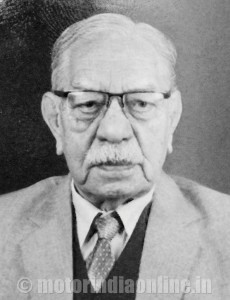
Untying these knots will take time in bringing together the highly localized players. Mr. Karthick adds: “The unorganized sector which constitutes a major portion of the Indian logistics industry is driven by the local factors and cannot be standardized, say, at an all-India basis. So it is difficult to unite them under a single policy all over India.”

Agrees Mr. Chandrashekar Viswanathan, Managing Director of the Bangalore-based Shekar Logistics: “There are no standardized norms prescribed for the small fleet owners. Most of them do not follow the safety norms, engage untrained drivers and lack standardized billing system.” The standardized way of working that is applicable to all players, whether big or small, is perhaps the sole way to push the sector towards becoming organized.
And the cup of woes overfloweth. More knots that need straightening are, for example, infrastructural bottlenecks, complex tax structure and lack of IT standards and skilled manpower. These are really stifling the sector’s growth. But Wallenius Wilhelmsen Logistics India Pvt. Ltd.’s Managing Director, Capt. Gur Prasad Kohli, sounds hopeful that the tide shall change soon what with “the Government infusing confidence with an allocation of Rs. 70,000 crores in the infrastructure space.”
The new tide, if and when it comes, brings with it concerns like handling information and financial flow in a professional manner.
The road blocks
For one, the much-awaited Goods and Service Tax (GST) is yet to be passed. And then, multiple barriers lower our logistics efficiency. Implementation of GST can render multiple state barriers obsolete. This shall automatically ensure smooth logistics management and benefit the economy, the consumer, government and industry.
Mr. Baid explains: “The rate of growth at which the logistics sector will grow in the next five to 10 years is sure to multiply. But a few pre-requisites for this to happen are uniform GST, implementation of multi-modal policy to boost infrastructural development, technological adaptation by smaller enterprises, warehouse infrastructure and automation, besides focus on business analytics in logistics.”
Mr. Rathi feels: “GST will be a game changer for this industry as the logistics companies would no longer need to set up small warehouses across varied locations. It will enable consolidation of warehouses and ease inter-State transportation. Companies will be able to follow a hub-and-spoke model for freight movement from the warehouses to the different manufacturing plants, wholesale outlets, retail outlets and the various points of sale.” But the wish for its implementation must be strongly spelt out by the sector itself.
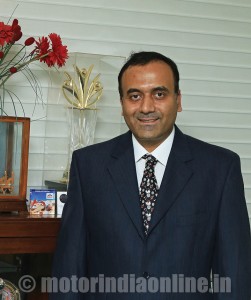
Another benefit of GST reform is greater transparency in tax systems leading to a corrupt-free method of moving goods and lower cost of business. According to a study by Frost & Sullivan, the implementation of GST requires the manufacturing sector to reorganize its overall distribution infrastructure. Each logistics service provider will have to realign his operations too.
The study further says that most of the logistics users and service providers are not ready to perform this exercise too soon. Only approximately 15 per cent of the logistics service providers and 23 per cent logistics users have taken some initiative in this direction. So until the time the realignment happens at all levels, wishing for the GST shall remain just that – a wish.
The ups among the downs
One of the few ups among the downs bogging down the Indian logistics sector, according to Capt. Kohli, is, “the market is on a growth trajectory owing to rapid globalization and 100 per cent FDI in logistics.”
Another boost comes from the ‘Make In India’ campaign which has the potential to give a fillip to the manufacturing sector. According to Capt. Kohli, multi-modal transportation, if encouraged, using incentives by the government, shall remove the illegal practice of transporting over-dimensional cargo off the roads and onto water-based logistics solutions. This, he feels, “will reduce the overall cost of logistics and further promote foreign investments in this sector”. He wishes for the implementation of the dream project Sagar Mala and establishing dedicated rail freight corridors.
Another mega trend that has the potential to impact the Indian logistics sector largely is e-commerce. Online retailing currently occupies around seven per cent of the organized retail sector. However, this sector is witnessing a strong growth and is receiving heavy investments. Online retailers are competing not only on prices but also on shorter delivery cycles and service coverage.

On the whole, a national policy to define the basics of infrastructure development and different modes of transportation shall help. With this comes the need to build multimodal logistics parks which shall help reduce transport and storage costs. What will also help is developing large-scale projects like building container terminals that are integrated with remote connectivity plans with a view to improving the last-mile connectivity issues.
Customized solutions
Offering customized solutions is one way to counter the logistics sector fragmentation. Embracing technology and offering its fruit to customers is the key. It may take small players time to match capabilities with big players who are gearing towards offering customized solutions to customers.
Mr. Karthick asserts: “Technology and capabilities are the factors which will differentiate the organized from the unorganized in the long term. Customers want deliveries with their global parameters, faster responses on their queries, more transparency, real time information and tracking, ease of processes and, above all, a value for their money.”
Fleet telematics is another potential contributor towards aligning the sector and help it perform professionally. Mr. Raghav Himatsingka, Director, Ideal Movers Pvt. Ltd., shares: “India currently has an estimated Vehicle Tracking Systems (VTS) adoption of less than one per cent as compared to near 100 per cent in developed economies. VTS and fleet telematics help improve profitability and operational efficiency because VTS systems can track four essential data points: speed, time, location and direction.”
Fleet telematics has the potential to perform activities like measuring driver behavior, besides helping the owners measure and monitor data to be able to give a better service to customers. Bigger logistics players are utilizing modern technology like cloud-based IT systems, ERP applications, custom-made solutions, real time shipment information and mobile apps to improve their customer interaction.
Mr. Viswanathan shares: “A few organized logistics companies have implemented IT-enabled logistics models along with warehousing model of 3PL. We hope this will compel the other transport companies to follow or join hands with organized logistics companies.”
Mr. Karthick feels: “Many of these are standard service packages running in developed economies, whereas in India these are specialized service packages. Above all, this is a significant proportion of their cost and they want to minimize it. Technology at an affordable cost will serve India to come faster at the global standards of service delivery.”
While the sector is still largely struggling with basic professional performance, cracking the just-in-time (JIT) puzzle remains more or less a wish. Mr. Viswanathan says: “With the growing trend of maintaining JIT inventory, the supply chain of a company demands more co-ordination and better communication.”

But, is JIT possible ever? Prof. Raghuram differs: “We are moving in that direction where we are saying, ‘do I have to manufacture in anticipation of the demand or can I reduce my lead time for manufacturing’? So the more I reduce the lead time, the earlier I need to forecast. So instead of one month ahead, may be one week ahead, if today my technology and systems allow me to get something produced in a week, then I need to forecast one week ahead. So that itself gives me an advantage of being able to forecast more accurately. So if I am moving in that direction, I am relatively more just in time. To me, just in time is just a philosophy.”
There are too many large drivers that have an impact on the Indian logistics sector today. Only if these knots are straightened can the sector stumble towards becoming an organized one. Till then the long wish list of the few big players will remain far from becoming a ground reality.
